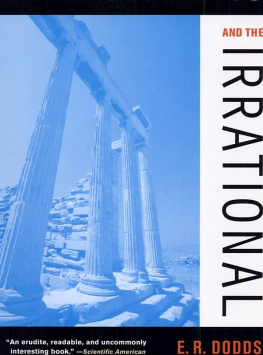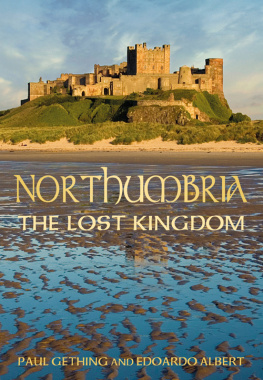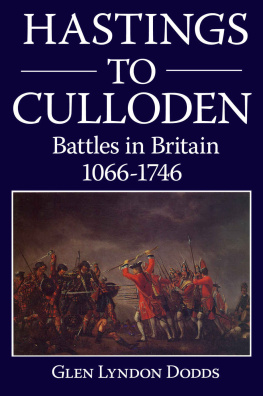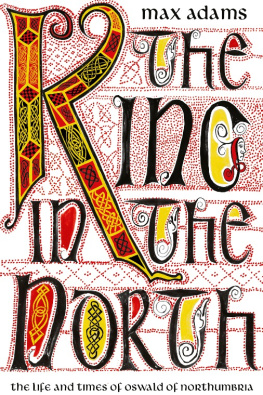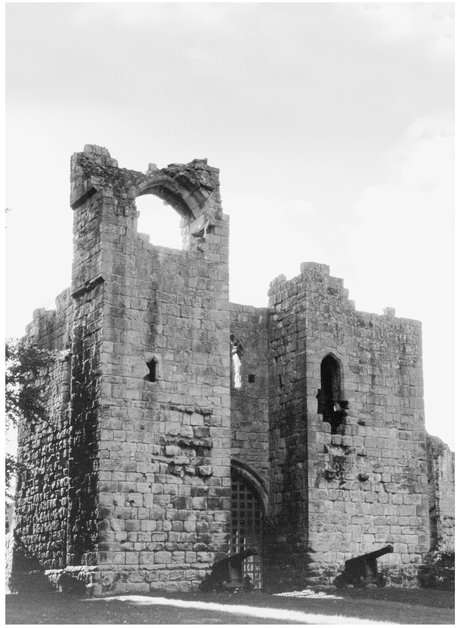Etal Castle, surrendered to James IV before the Battle of Flodden. See pages 109 and 122.
First published in Great Britain in 2005 by
PEN & SWORD MILITARY
an imprint of
Pen & Sword Books Limited
47 Church Street
Barnsley, South Yorkshire
S70 2AS
Copyright Derek Dodds, 2005
9781783460779
The right of Derek Dodds to be identified as
Author of this Work has been asserted by him in accordance
with the Copyright, Designs and Patents Act 1988.
A CIP catalogue record for this book
is available from the British Library
All rights reserved. No part of this book may be reproduced or transmitted in any form or by any means, electronic or mechanical including photocopying, recording or by any information storage and retrieval system, without permission from the Publisher in writing.
Designed and typeset in 9pt Palatino
by Sylvia Menzies, Pen & Sword Books Limited
Printed and bound in England by
CPI UK
Pen & Sword Books incorporates the imprints of
Pen & Sword Aviation, Pen & Sword Maritime,, Pen & Sword Military,
Wharncliffe Local History, Pen & Sword Select,
Pen & Sword Military Classics and Leo Cooper
For a complete list of Pen & Sword titles please contact:
PEN & SWORD BOOKS LIMITED
47 Church Street, Barnsley, South Yorkshire, S70 2AS, England
email: enquiries@pen-and-sword.co.uk
website: www.pen-and-sword.co.uk
Introduction & Acknowledgements
N orthumbrias history has marched to the drumbeat of war. Once part of an ancient kingdom, Northumbria is now popularly regarded as the land between the rivers Tweed and Tees, enclosing the original borders of Northumberland and Durham. For over a thousand years, armies have marched to battle across their hills and moors. During much of that time these historic northern counties have been a prisoner of their own geography. Caught in a struggle between emerging nations, the northern border in particular became an area of almost ceaseless military activity which spilled across the counties and down through the centuries. And even when war was officially over, strife persisted and added to the roll-call of battles, both famed and forgotten, in a Northumbria at War.
This volume is a narrative of that long conflict, drawing heavily upon original sources. Such ancient voices, however, despite their relative immediacy, have well-known limitations. For the earliest eras especially, their accounts can be brief and partisan, making difficult the detailed reconstruction of even major battles. These vibrant echoes of the past are nevertheless indispensable and are supplemented in this work by the scholarship of many later historians and a consideration of battlefield landscape wherever it survives.
In this respect, Northumbria is a treasure trove of discovery for the military historian. Northumberland above all, because of its persisting rural nature, has remained comparatively unscathed. It contains an extraordinary legacy of fortified sites and battlegrounds. They offer both scenic attractions and invaluable benefits to the historical explorer investigating their turbulent past. But despite this and even acknowledging the usefulness of A H Burnes oft-quoted concept of Inherent Military Probability, the final interpretation of what actually took place in these momentous locations must necessarily remain a personal view. As more modern and well-documented warfare has demonstrated, the improbable in battle does occur.
Many people have contributed to the production of this book. To those not mentioned I offer apologies and thanks in equal measure. In particular I must thank Andrew Dodds and Lynsey Ewan for their fine cartography and artwork which I only hope may be emulated by the text. Mr John Wilks, MA, formerly senior curator with Tyne and Wear Museum Service, kindly read my manuscript in various drafts and made helpful suggestions for its improvement. Thanks also to Lindsay Allason-Jones of Newcastles Museum of Antiquities and Lesley Webster at the British Museum, who corrected my misconceptions on post-Roman history. Similarly, Hugh Cheape of the National Museums of Scotland and Philip Lankester at the Royal Armouries in Leeds fielded questions patiently and with good humour on Scottish heraldry and medieval weapons respectively. Notwithstanding this wealth of support, any shortcomings in the final publication are entirely my responsibility. Finally, to my wife June is owed the greatest debt of all. Countless hours of domestic neglect have tested her forbearance to the limit. Perhaps dedicating this book to her will mark a beginning to my rehabilitation.
In a recent work, a military historian has cautioned against attempting a more detailed analysis across such a broad span of Northumbrian history. It is left for the reader to judge how far I should have heeded his warning.
Chronology
| AD 43 | Major Roman invasion of Britain |
| 122-136 | Construction of Hadrians Wall |
| Ida leads Angle tribes to begin establishment of Northumbrian kingdom |
| Battle of Heavenfield |
| Death of King Oswald at Battle of Oswestry |
| 698-721 | Lindisfarne Gospels written and illuminated |
| Viking attacks lead to fall of Northumbria |
| 1006-1018 | Malcolm II of Scotland invades the North |
| 1066 | William the Conqueror crowned King of England |
| 1067 | Assassination of Copsig, Earl of Northumbria |
| 1069 | Norman force commanded by Robert de Comines destroyed in Durham |
| 1069 | Harrying of the North |
| 1080 | Bishop Walcher murdered at Gateshead |
| 1080 | Odo of Bayeux ravages Northumbria |
| 1093 | Foundation of Durham Cathedral |
| 1093 | Malcolm III (Canmore) of Scotland killed at Alnwick |
| 1095 | Rebellion of Robert de Mowbray |
| 1136 | David II of Scotland campaigns in Northumbria |
| 1138 | Scottish defeat at Battle of Standard in Yorkshire |
| 1139 | Second Treaty of Durham |
| 1141-1144 | Scottish Chancellor William Cumin attempts to usurp Durham bishopric |
| 1174 | William I (the Lion) of Scotland captured at Alnwick |
| 1237 | Treaty of York |
| 1296 | Edward I captures Berwick and War of Scottish Independence begins |
| 1297 | Scottish victory at Stirling Bridge and invasion of Northumbria by William Wallace |
| 1305 | Wallace captured and executed |
| 1314 | Battle of Bannockburn |
| 1314 | Forces of Robert I (Bruce) of Scotland increase raids into Northumbria |
| 1327 | Weardale campaign of Edward III |
| 1333 | Battle of Halidon Hill |
| 1346 | English victory at Battle of Crcy during Hundred Years War |
| 1346 | Battle of Nevilles Cross |
|







